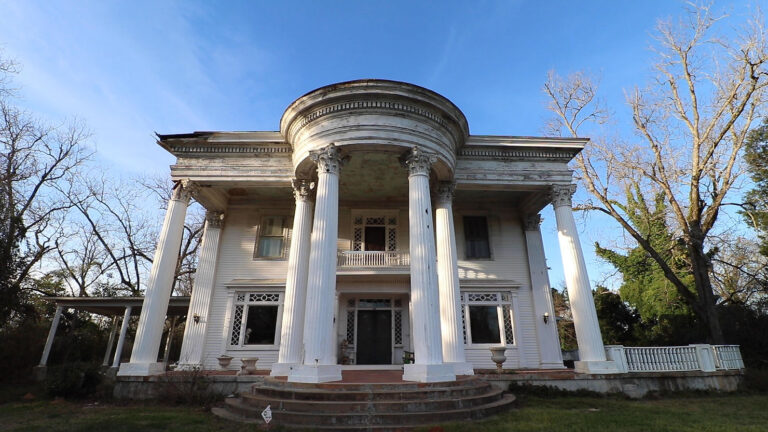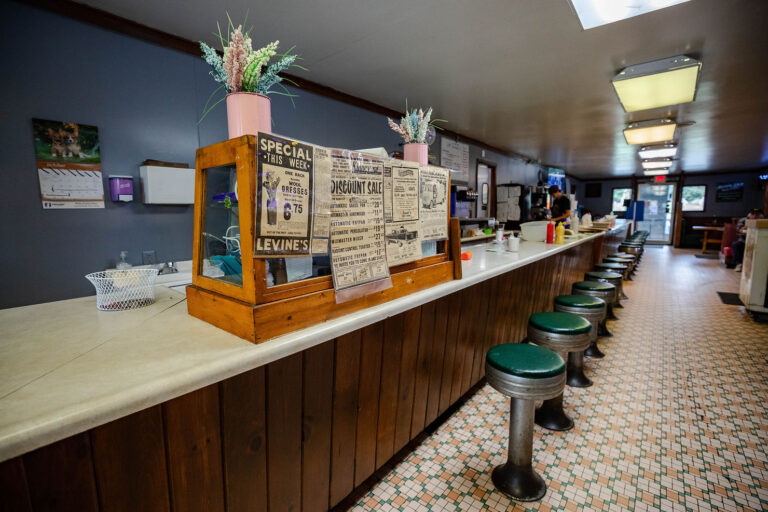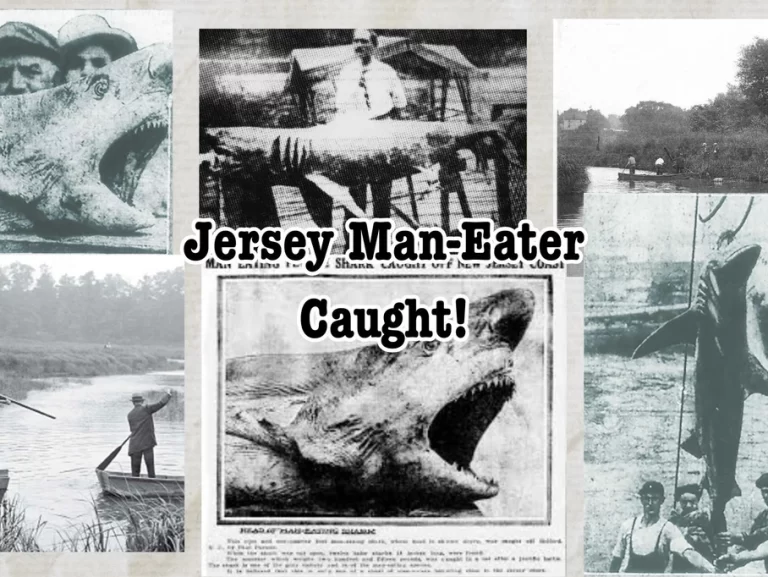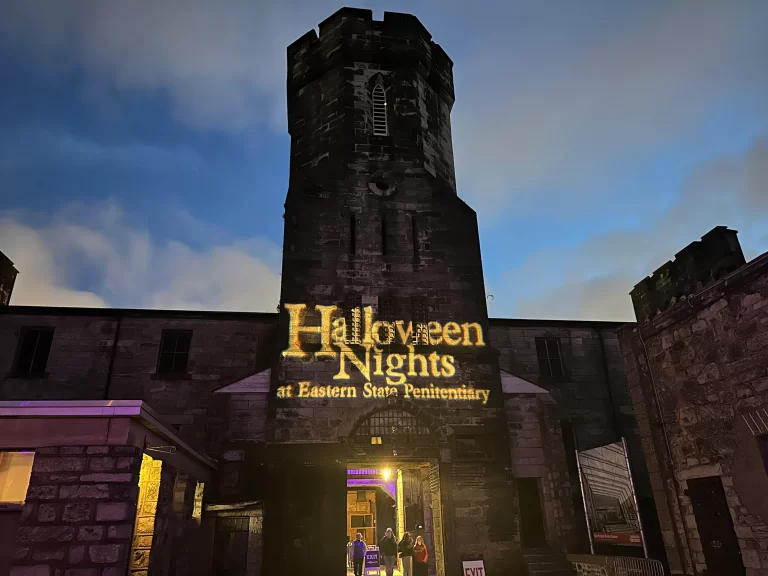Have you ever visited a cemetery, looked at the tombstones, and felt a curious pull towards the history etched into them? If yes, you are most likely a taphophile or a tombstone tourist. Taphophile tourism has become a popular niche within the travel industry, attracting curious travelers and history buffs alike. As a taphophile tourist, one explores cemeteries, visits the final resting place of notable historical figures, discovers architectural marvels, and learns about the often overlooked stories of people who are almost all but forgotten. In a way, each tombstone tourist is seeking solace in the peaceful ambiance that these places of the dead bring.

Tonopah Cemetery, Nevada
History is a cornerstone of taphophile tourism. Cemeteries are a treasure trove of historical information. They are basically museums that you can come and visit ANY time, without spending a dime. Walking through the old, winding paths, reading the inscriptions on the tombstones, and trying to piece together the past offers an immersive experience that no history book can replicate. Cemeteries themselves provide a glimpse into the history and culture of the place they reside in. The artwork on the tombstones, for example, can shed light on the artistic style or the predominant religion of the time.

JonBenet Ramsey’s Grave in Marietta, GA
Many tombstone tourists head to famous cemeteries around the world to learn about the famous figures buried there, from artists to actors and political leaders. The Cimetière du Père Lachaise in Paris, for example, is the final resting place of literary icons such as Oscar Wilde and Victor Hugo, and rock legends such as Jim Morrison from The Doors. Likewise, Christ Church Burial Ground in Philadelphia is home to the grave of Benjamin Franklin. Thousands visit this cemetery, tossing coins on his grave in memory of his adage, “A penny saved is a penny earned.” The graves themselves become a reminder of the person they commemorate and offer a testament to their legacy.

Benjamin Franklin’s Grave at Christ Church Burial Ground, PA
Apart from the historical significance, the architecture and the design of the tombstones themselves are a sight to behold. The grandiose sculptures, ornate carvings, and intricate details can leave an everlasting impression on the mind of the visitor. As an example, the St. Louis Cemetery in New Orleans, with its above-ground tombs, is one of the most unique cemeteries, and offers an abundance of architectural delights. The shape and orientation of the tombs, as well as the materials used, can also reveal information about the socio-economic status of the person buried there.

Oakland Cemetery – Atlanta, GA
For many taphophile tourists, the thrill of visiting a cemetery during Halloween is the highlight of the year. The celebrations of the festival offer a time that cemeteries can be enjoyed in a festive ambiance. In some places, there is special access to normally restricted areas of cemeteries during Halloween, making it even more exciting.
Those who are interested in the liminal space that cemeteries offer, may find themselves unintentional tombstone tourists, as they investigate the grounds for paranormal activity. Their curiosity is often fueled by the legends and lore surrounding these resting places, where tales of spirits and unexplained phenomena add a mysterious allure to their visits.

Visitor Explores Mausoleum Interior at Oakland Cemetery
Taphophile tourism or tombstone tourism is a remarkable world of history, architecture, art, and culture, inviting the curious traveler to discover and appreciate the beauty and mystery that cemeteries hold. It offers a unique perspective to explore a place that is often overlooked and stigmatized. With a deep connection to the past, it reminds us of those who came before us, their stories left behind like a trail of breadcrumbs, and simultaneously is a reflection on our own mortality, hinting at what we, too, will eventually become.






